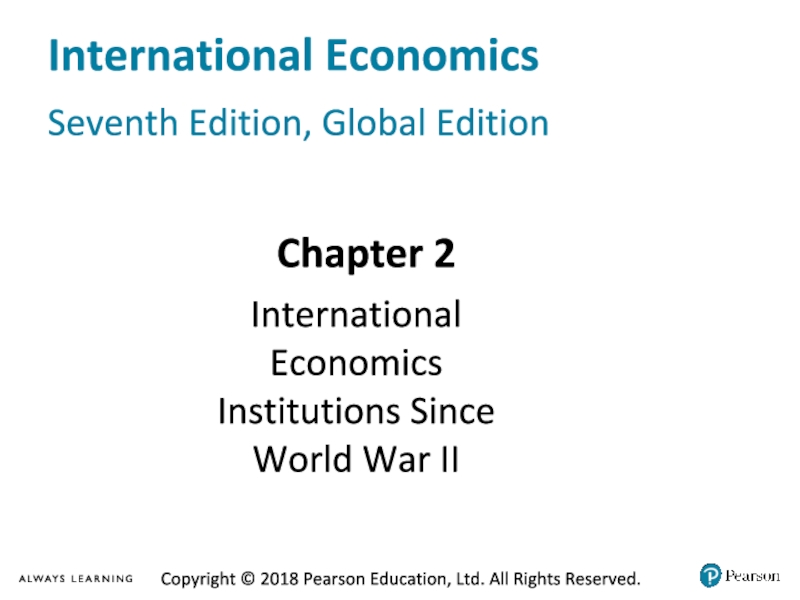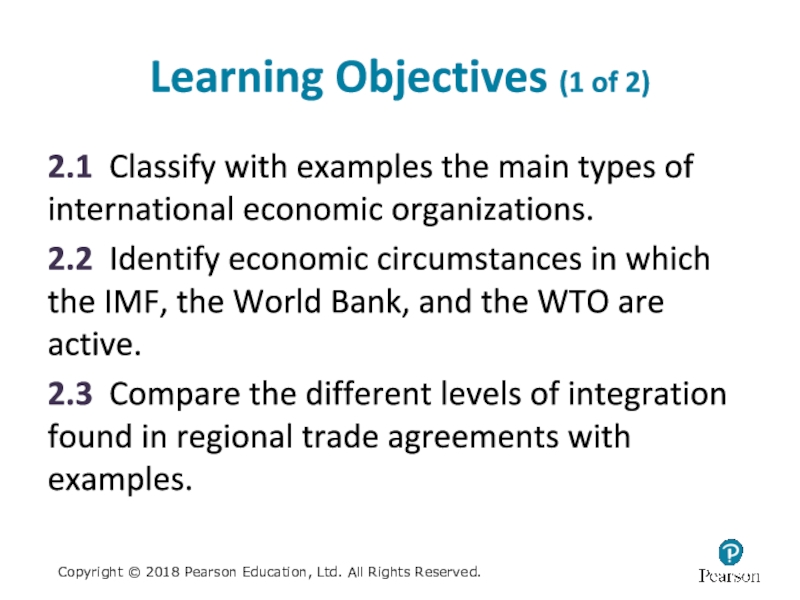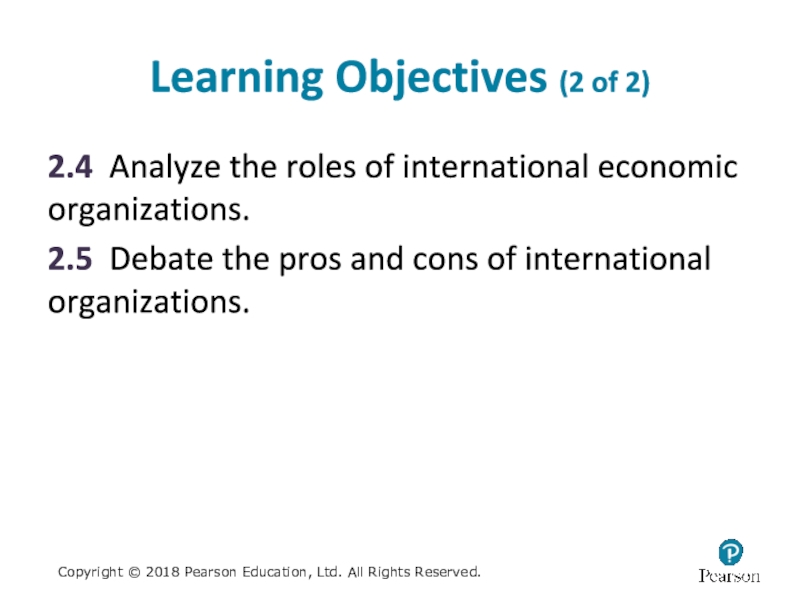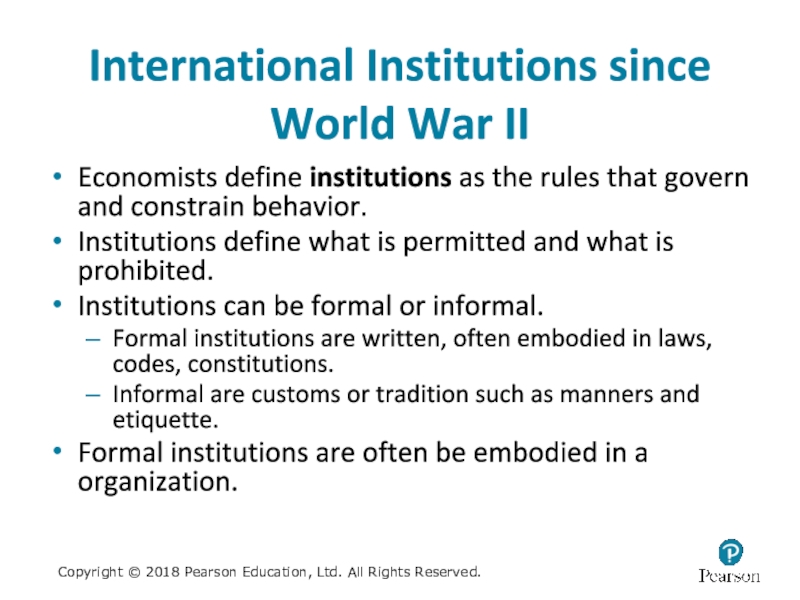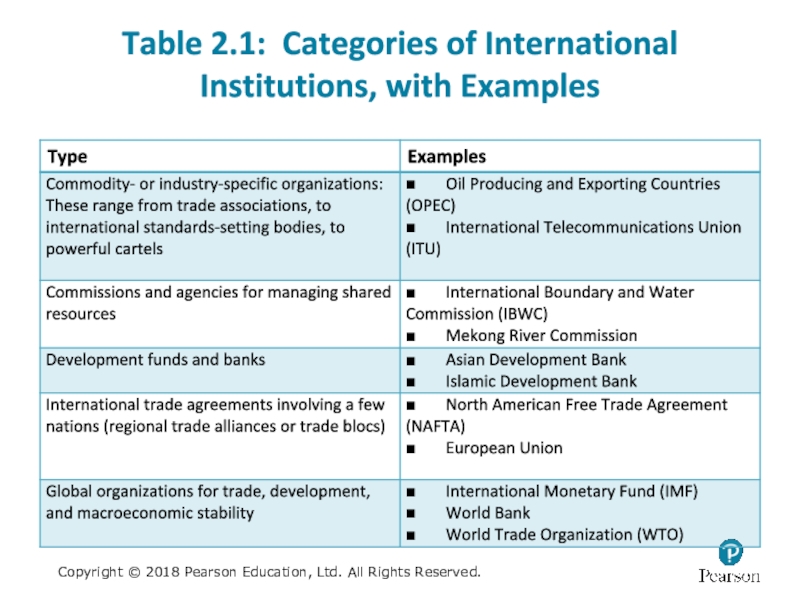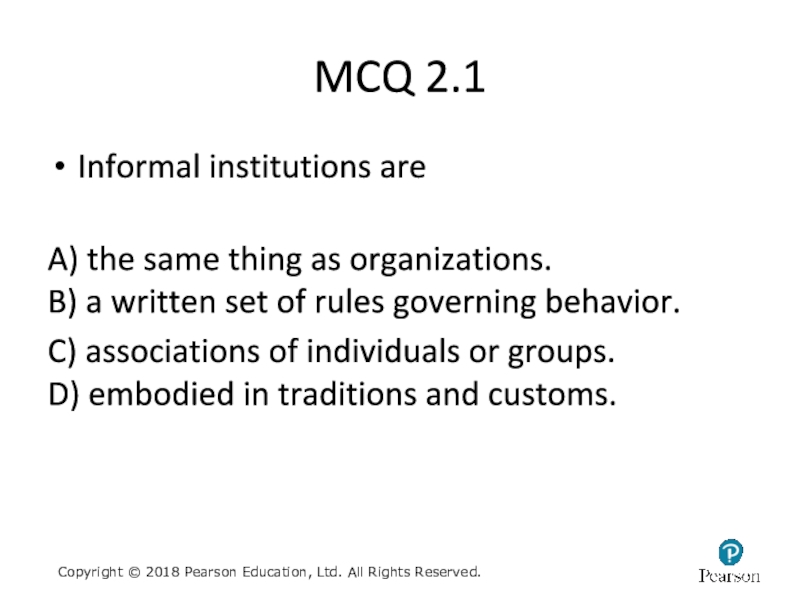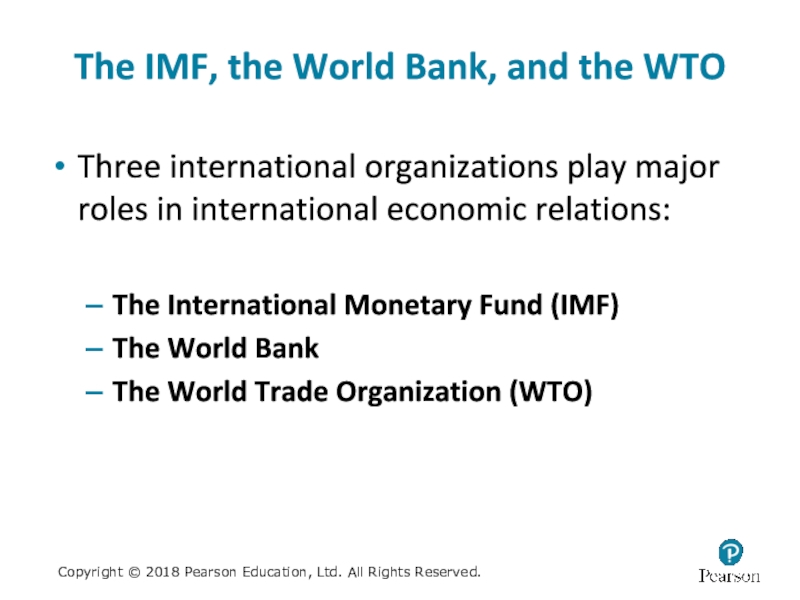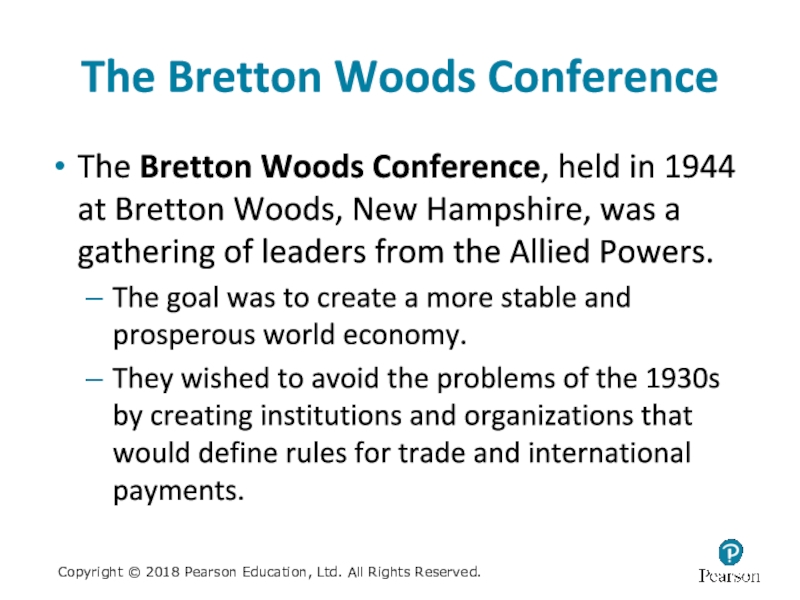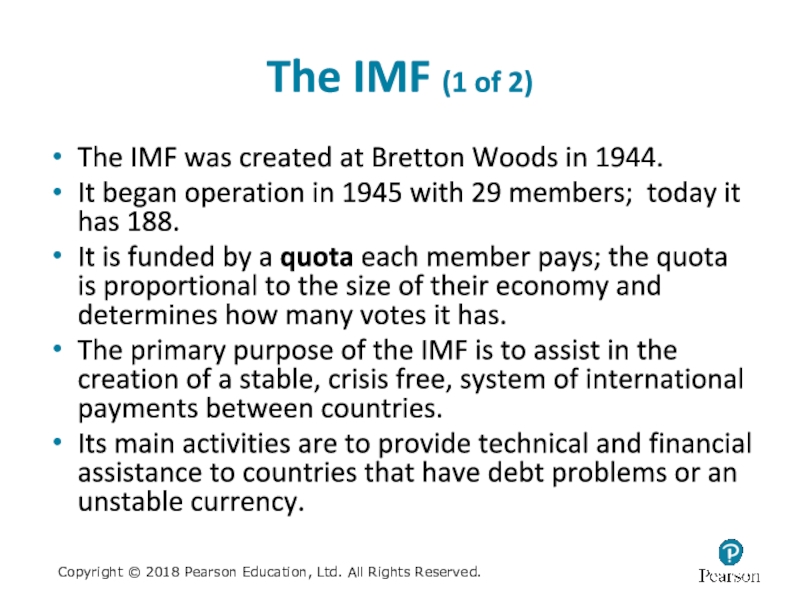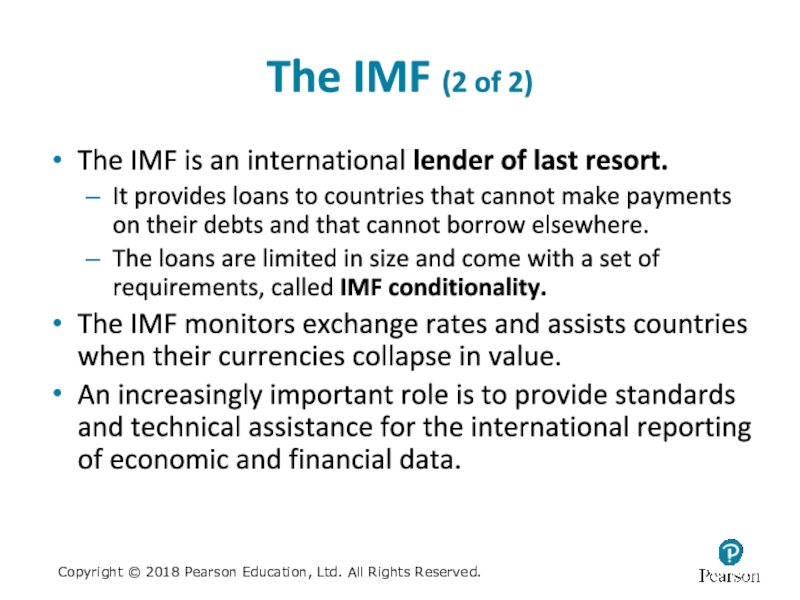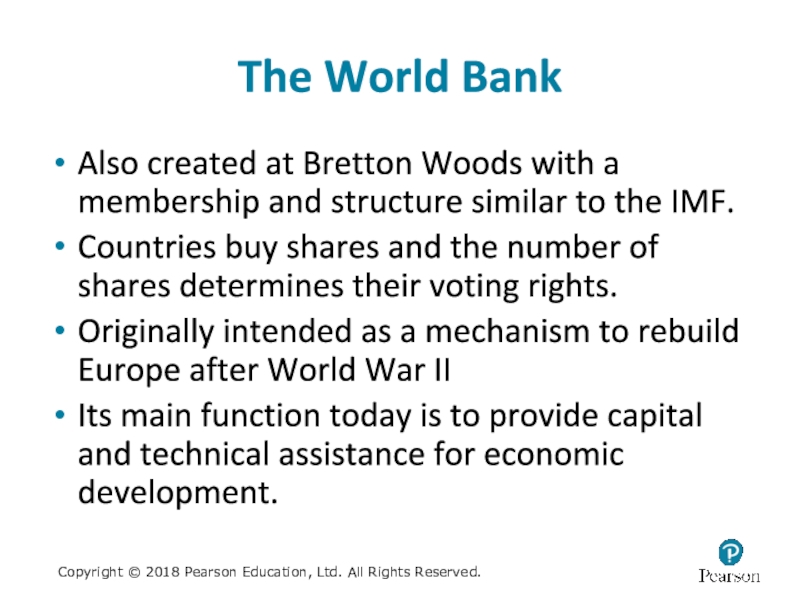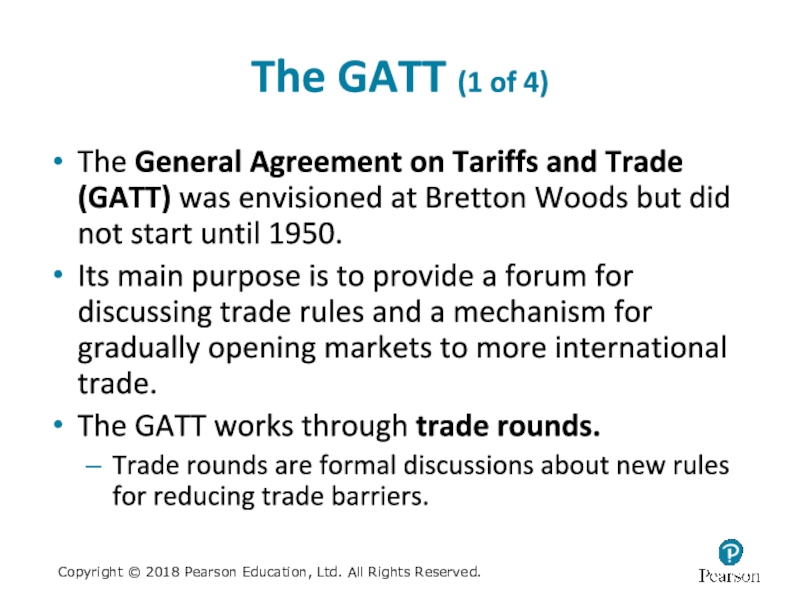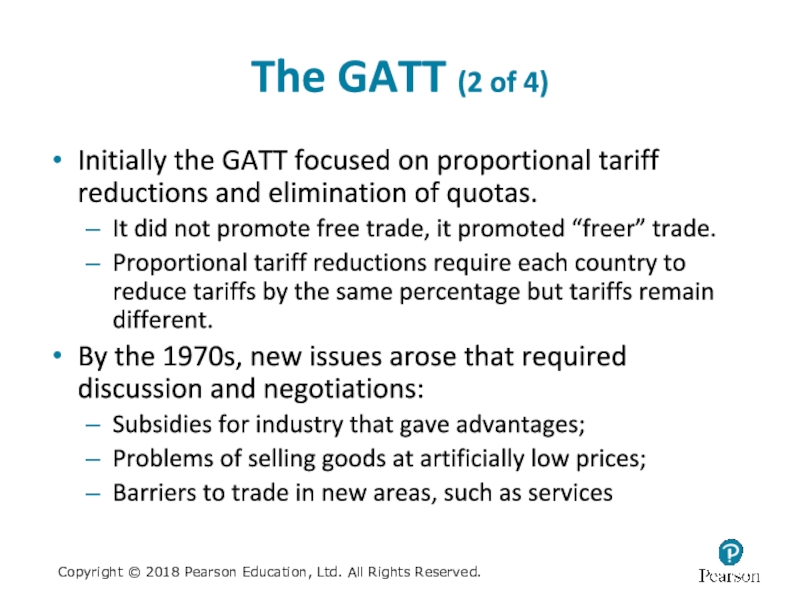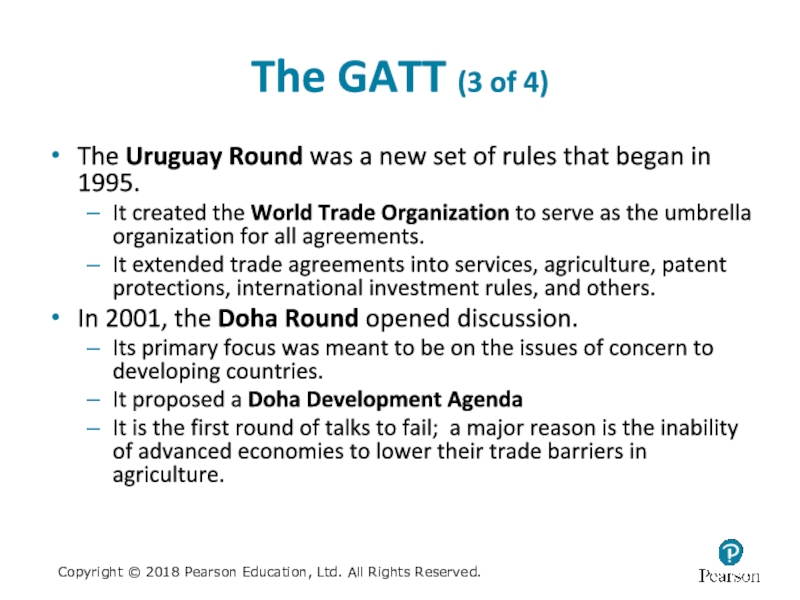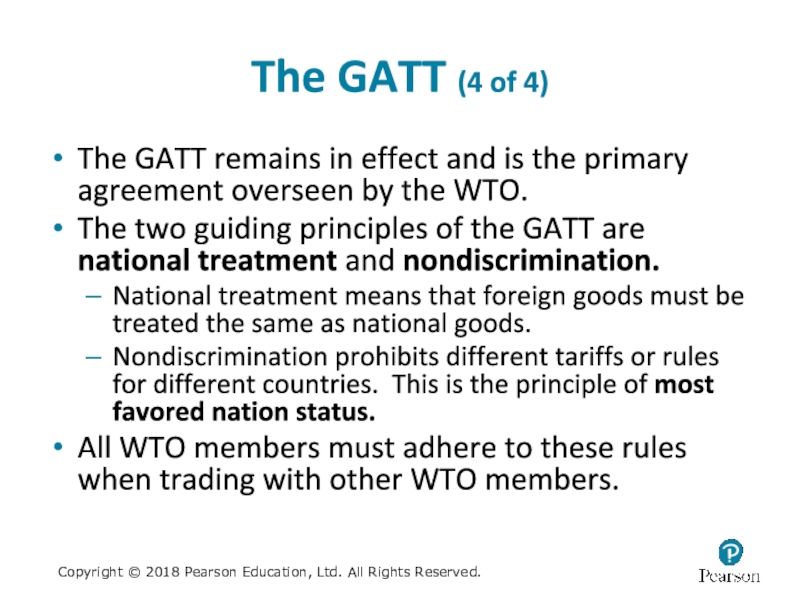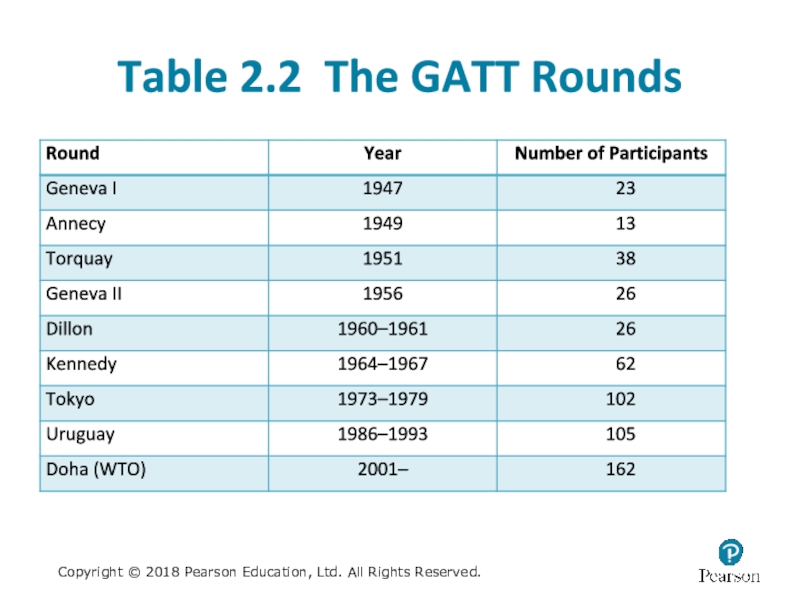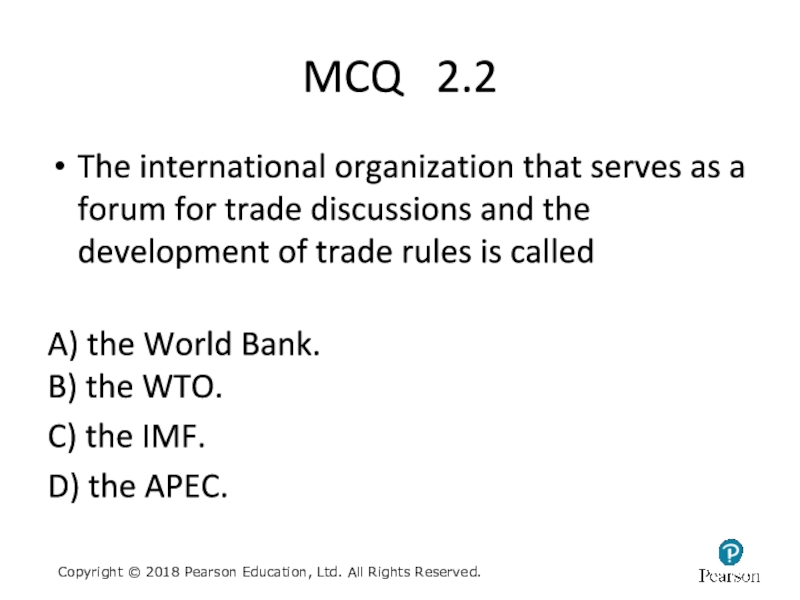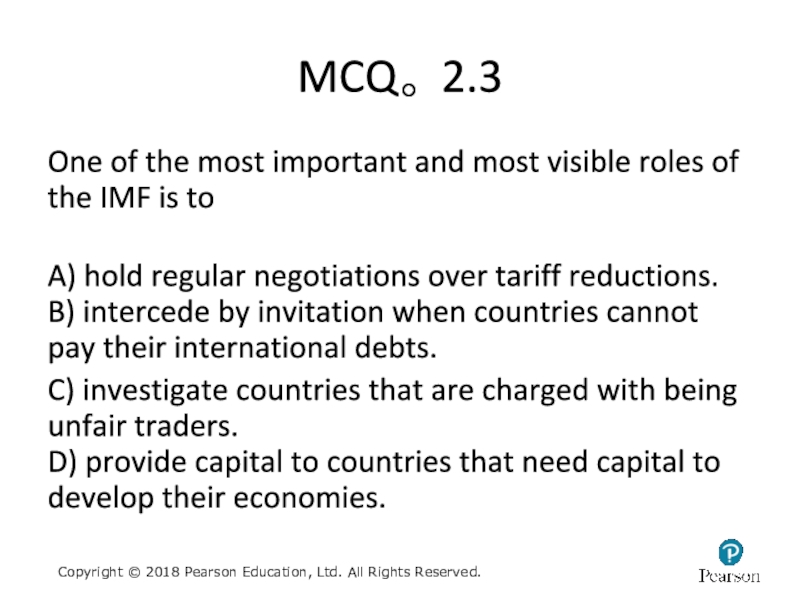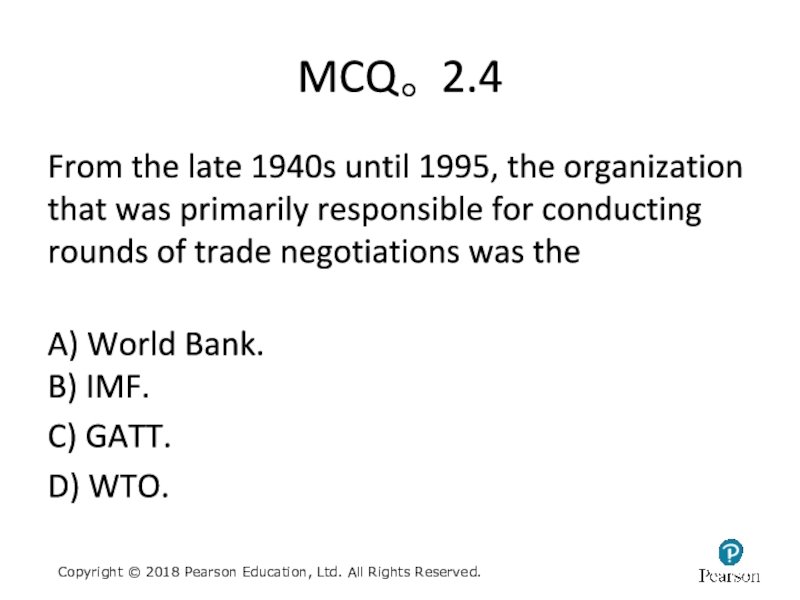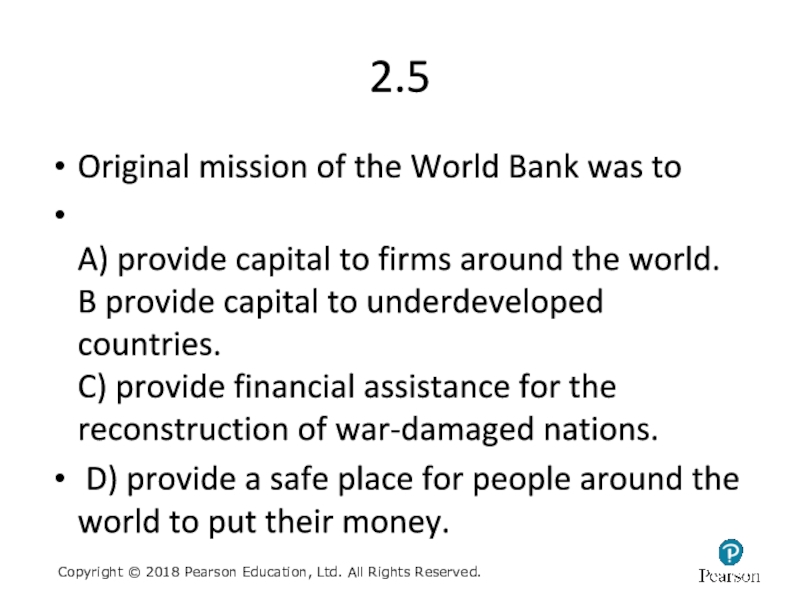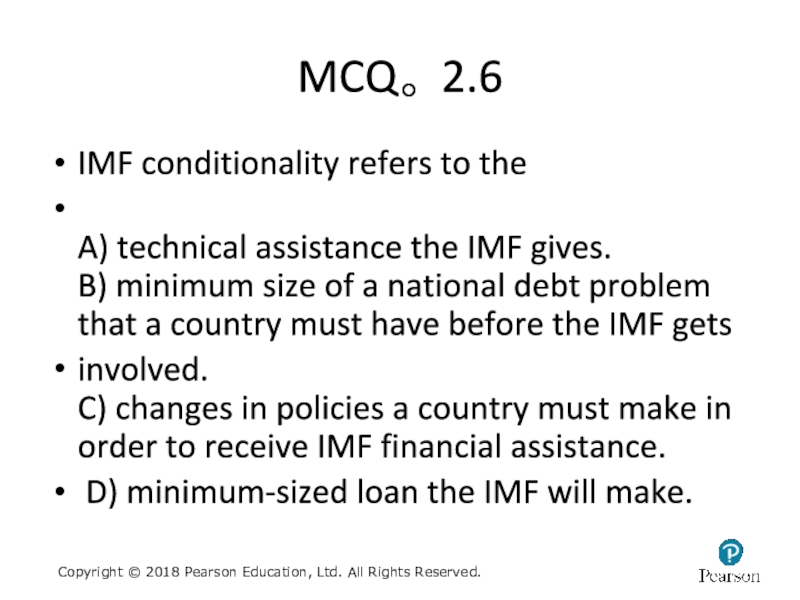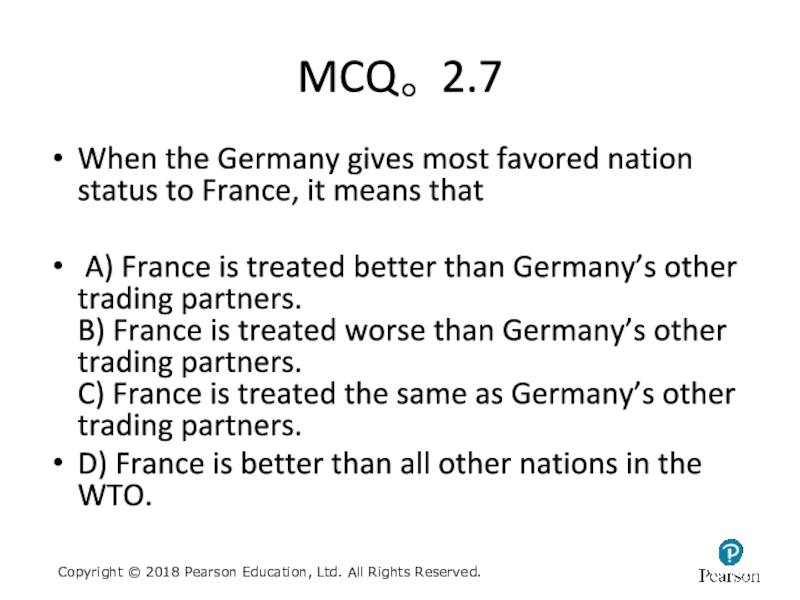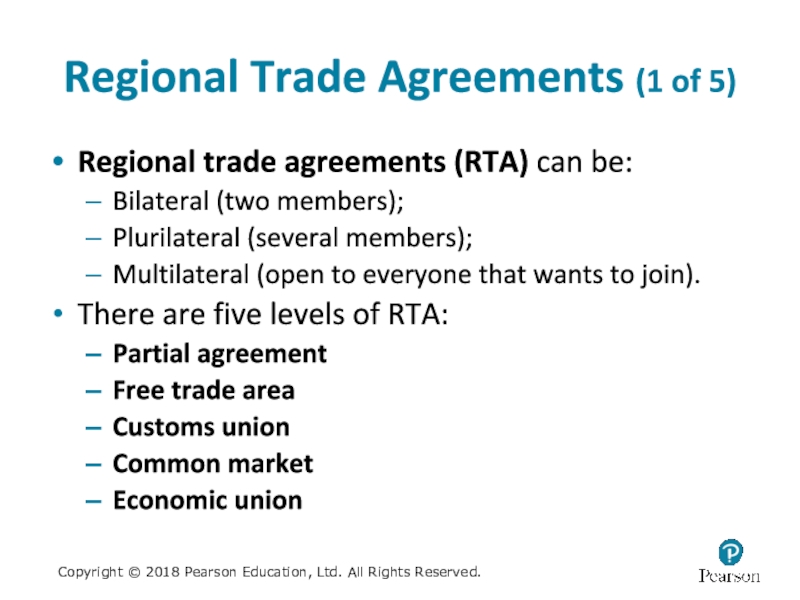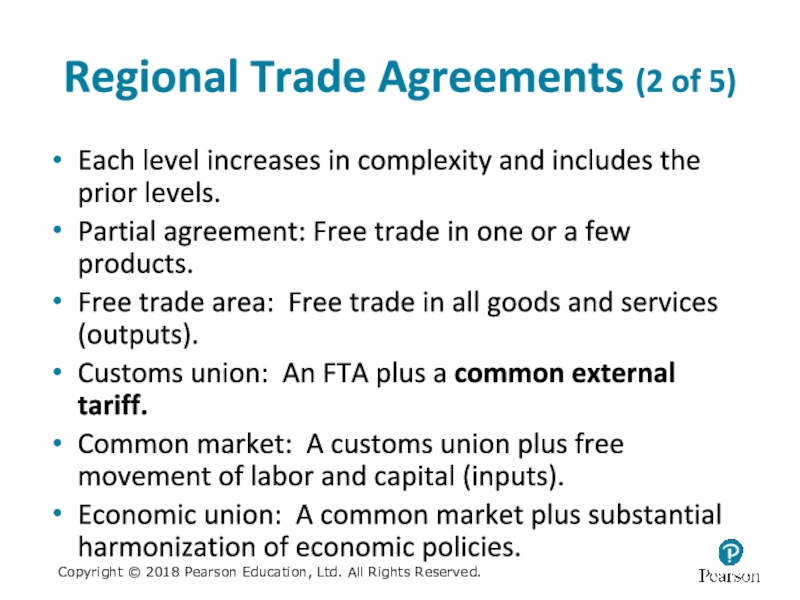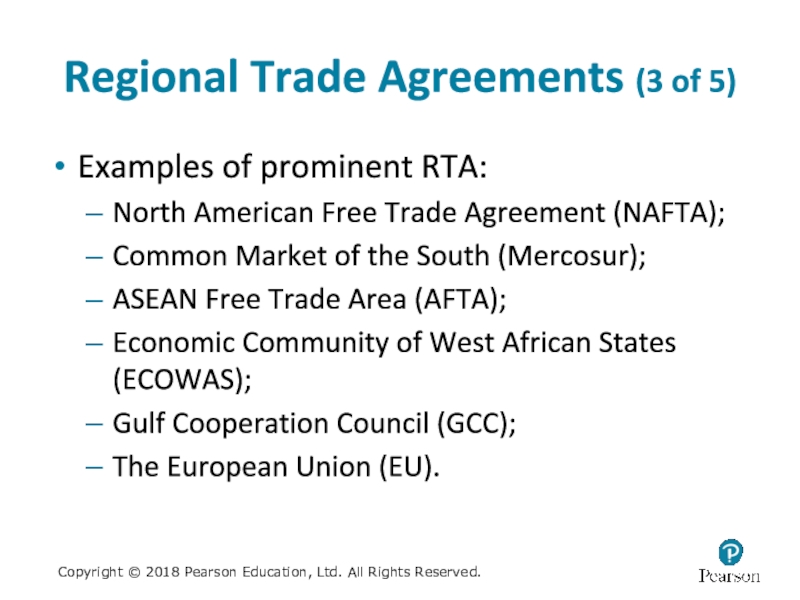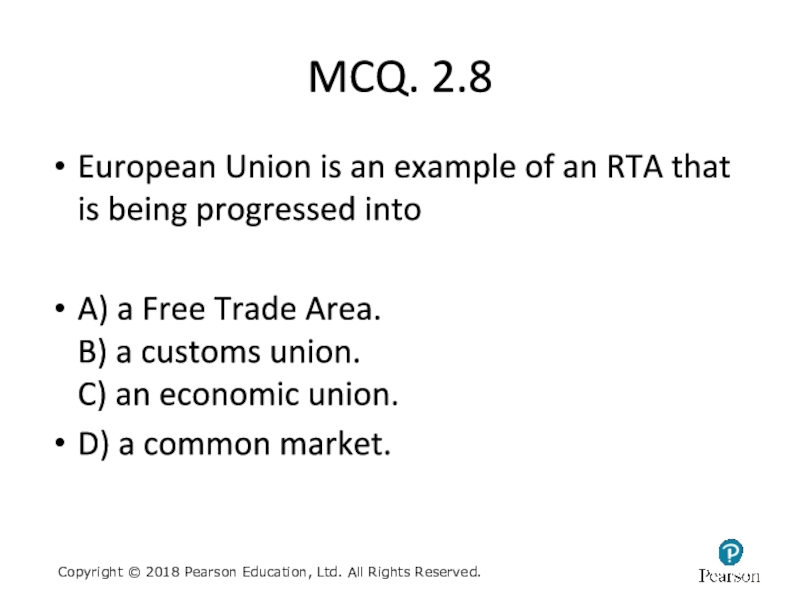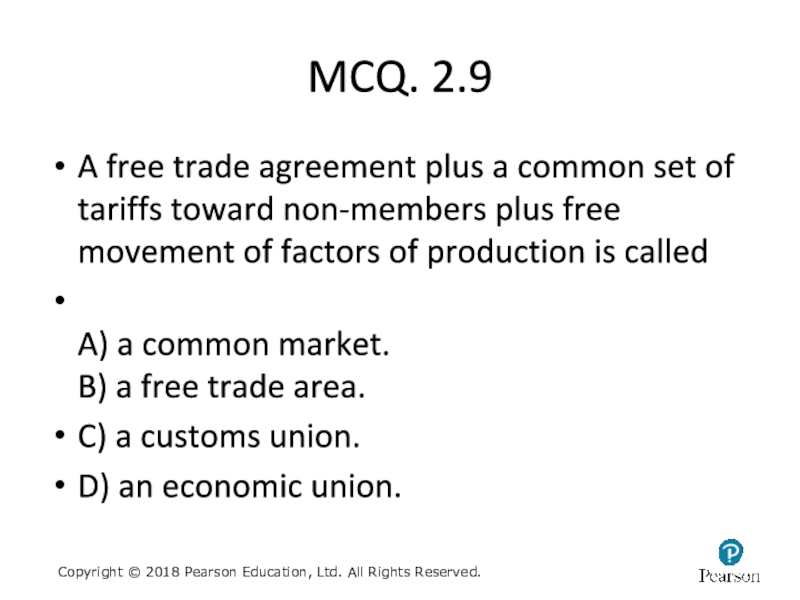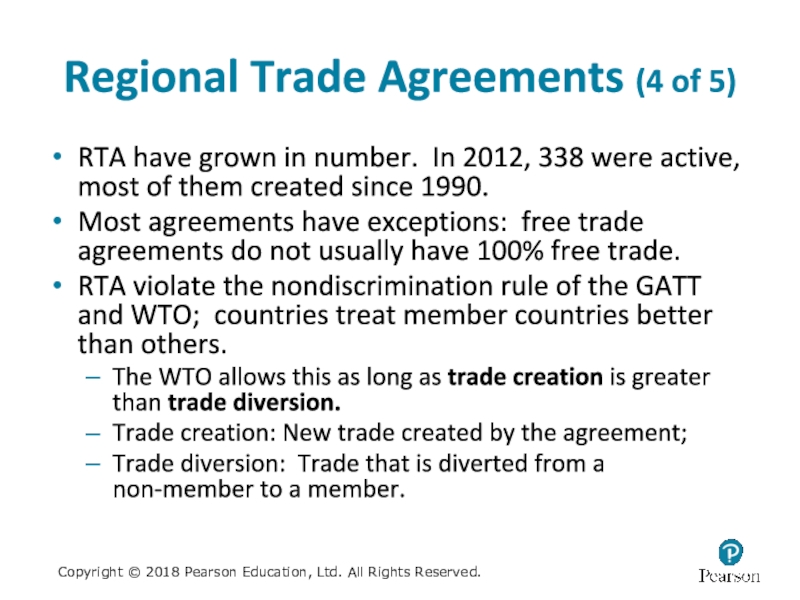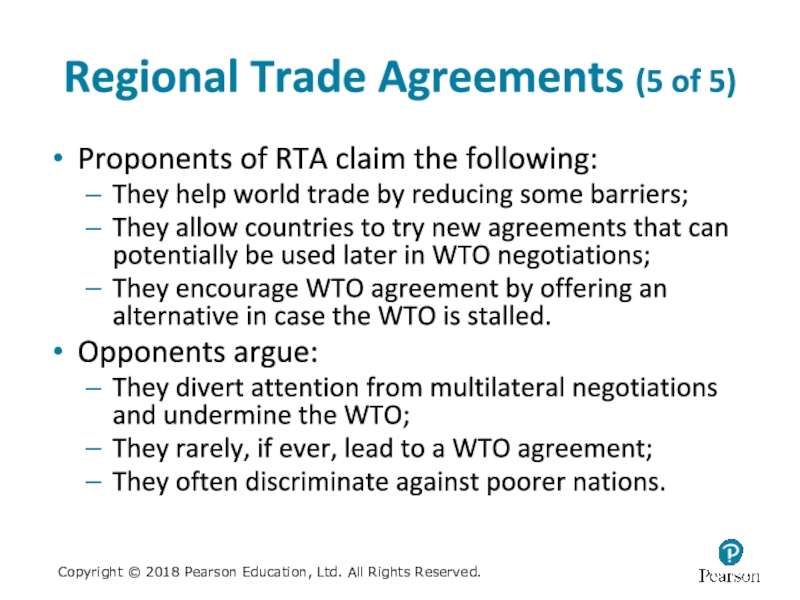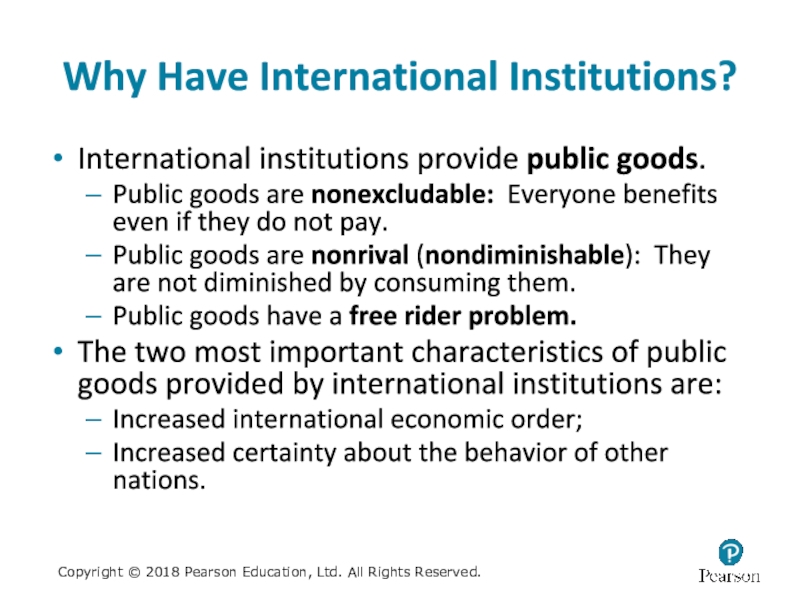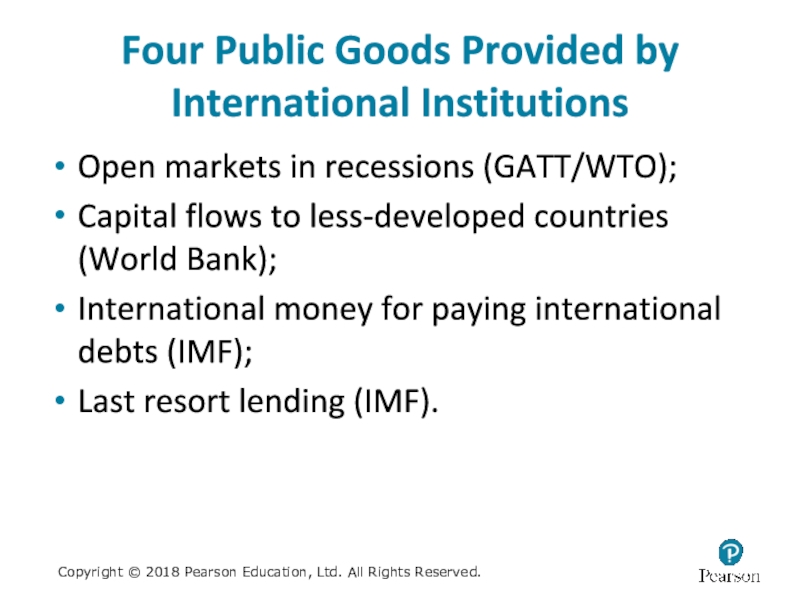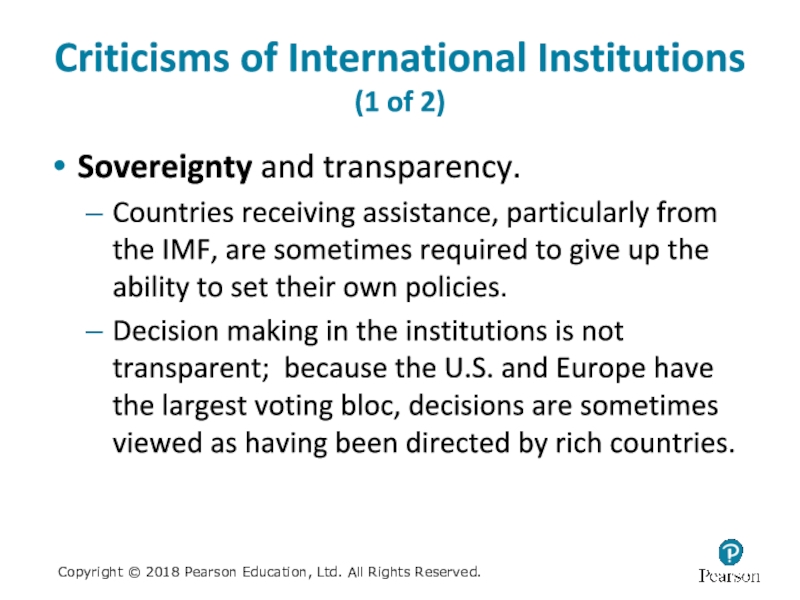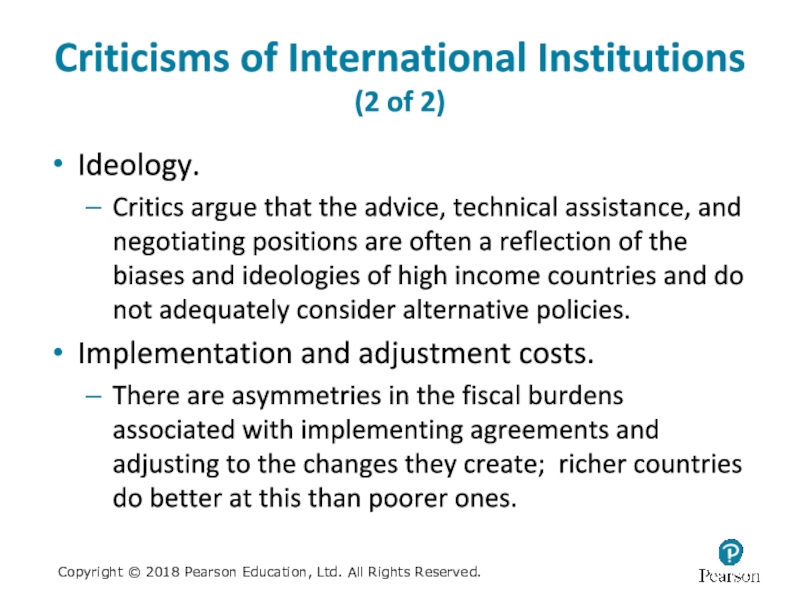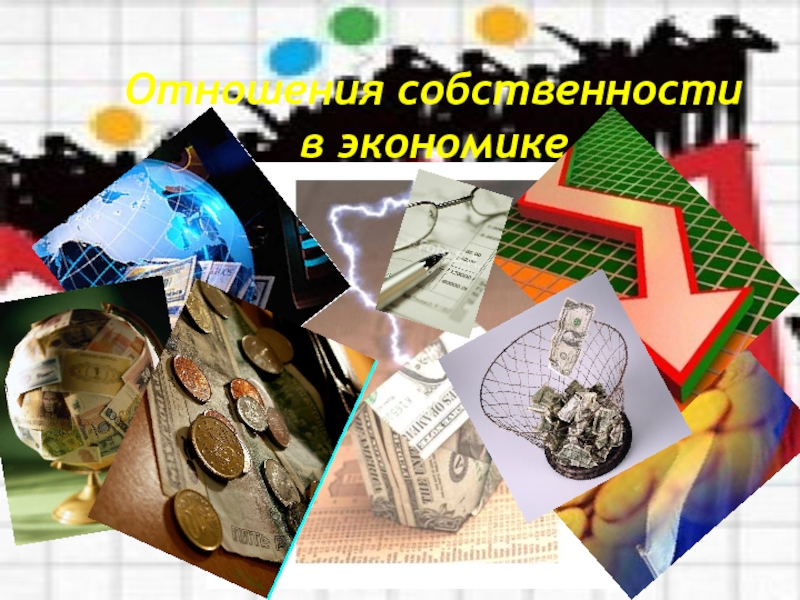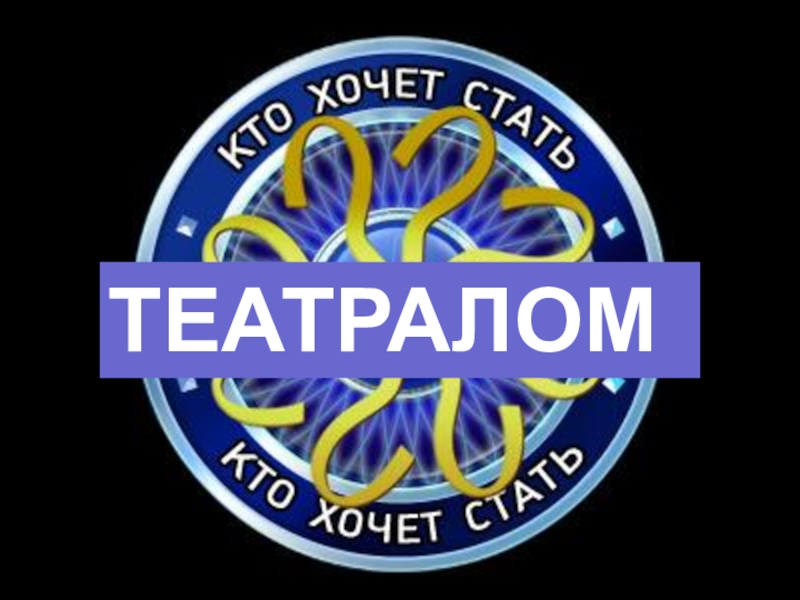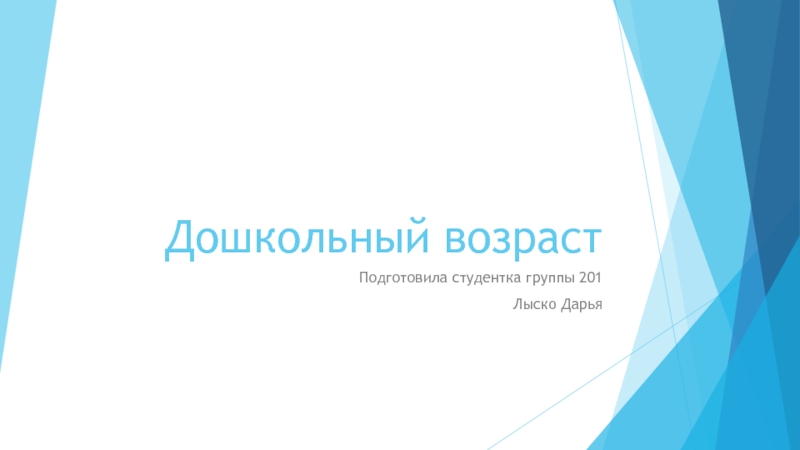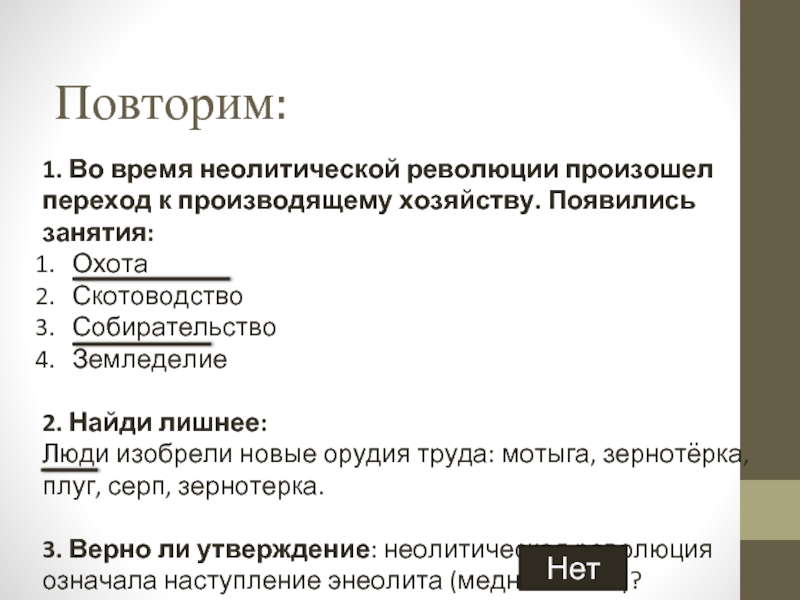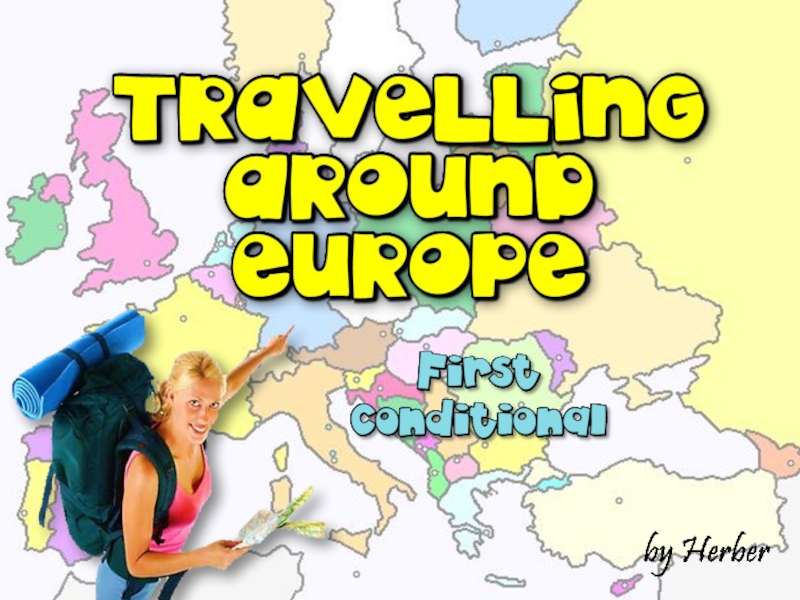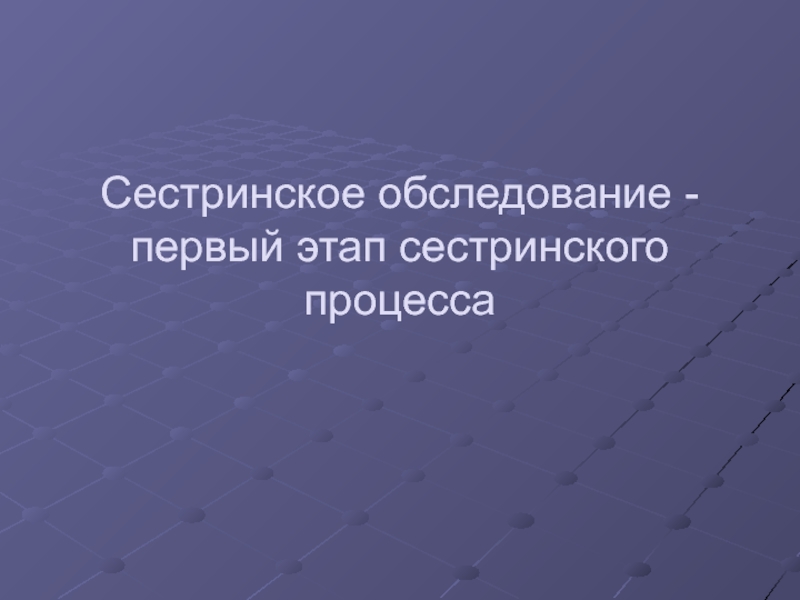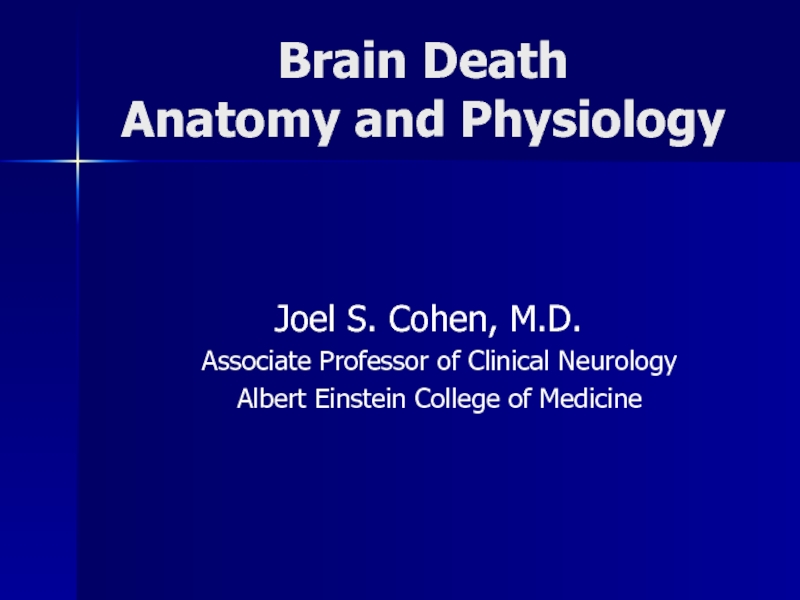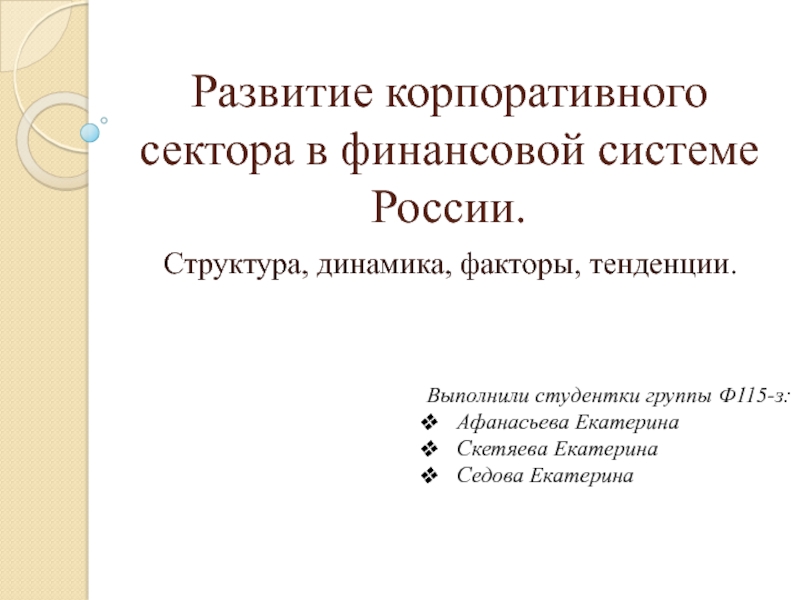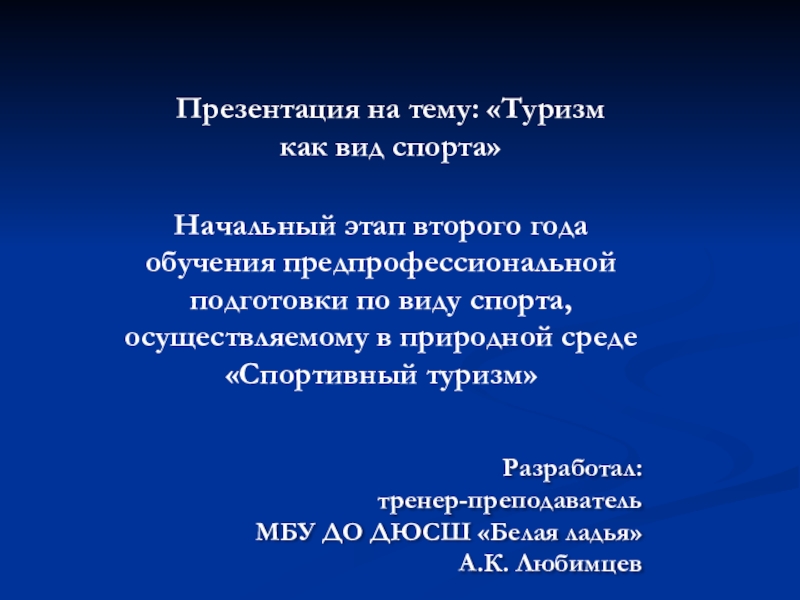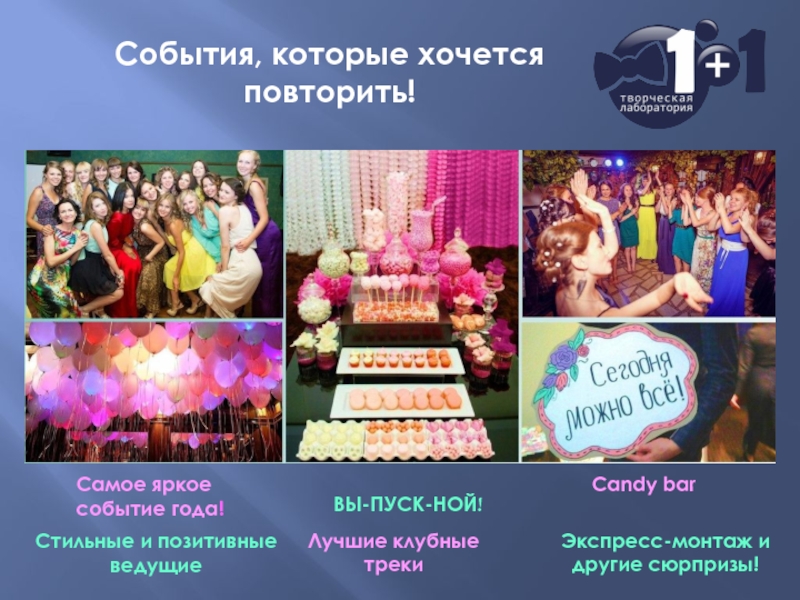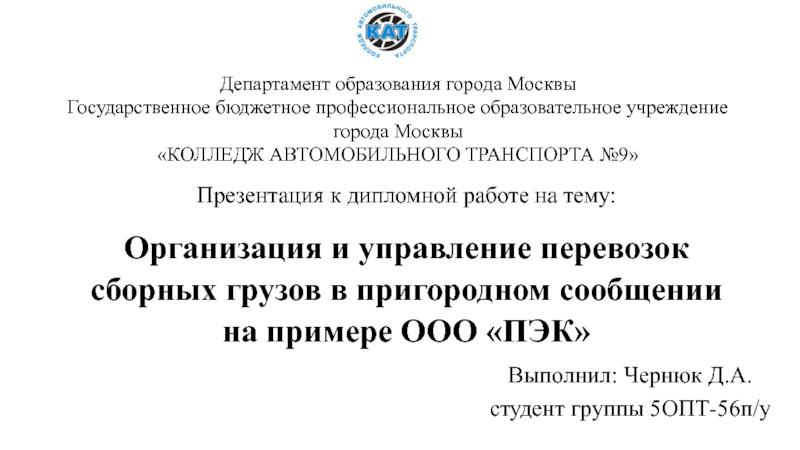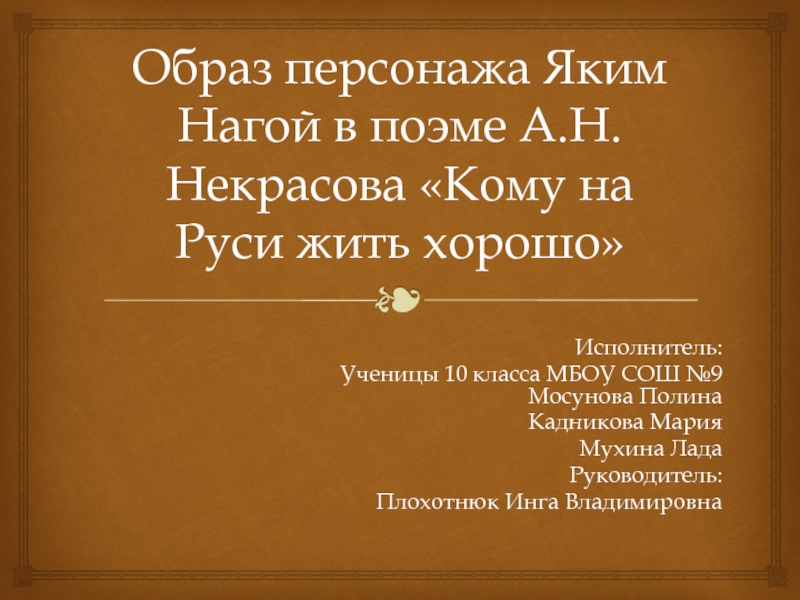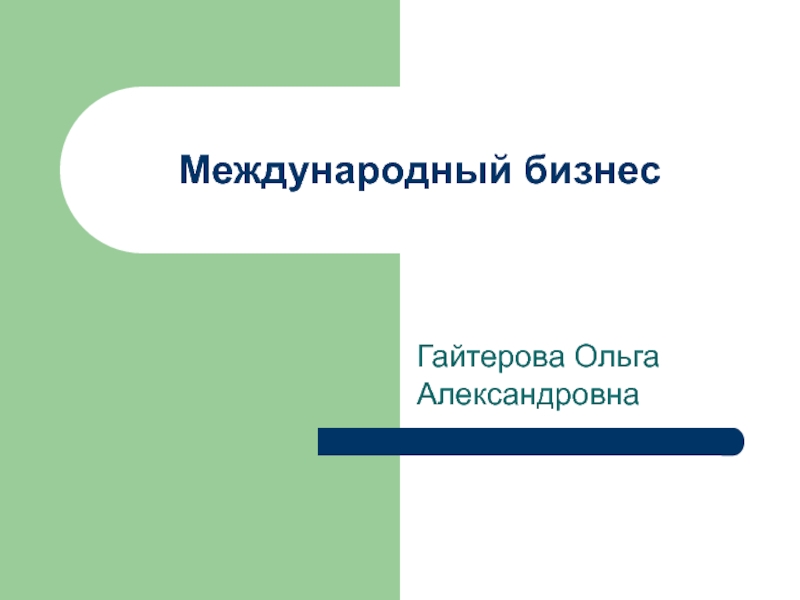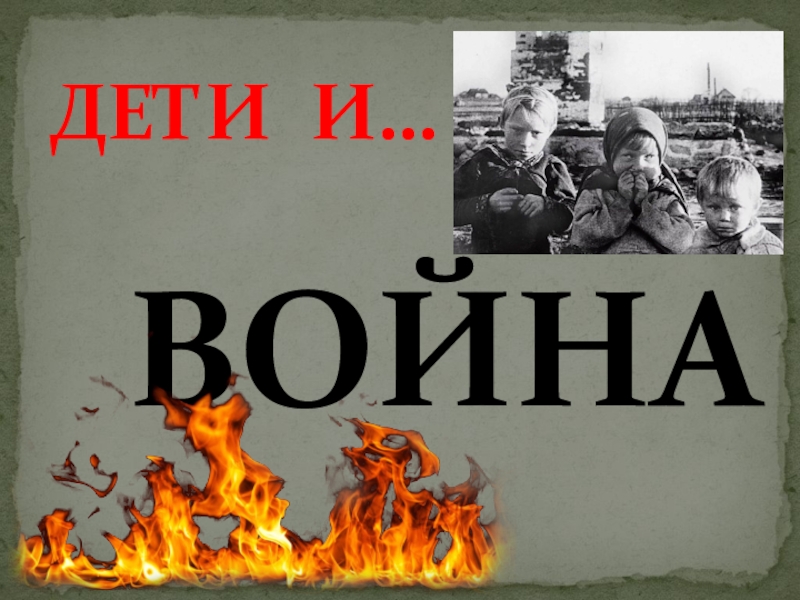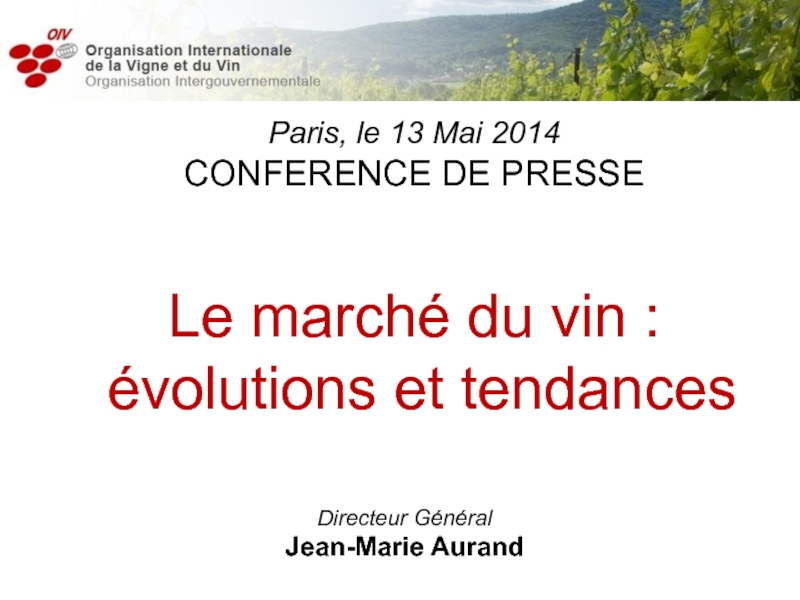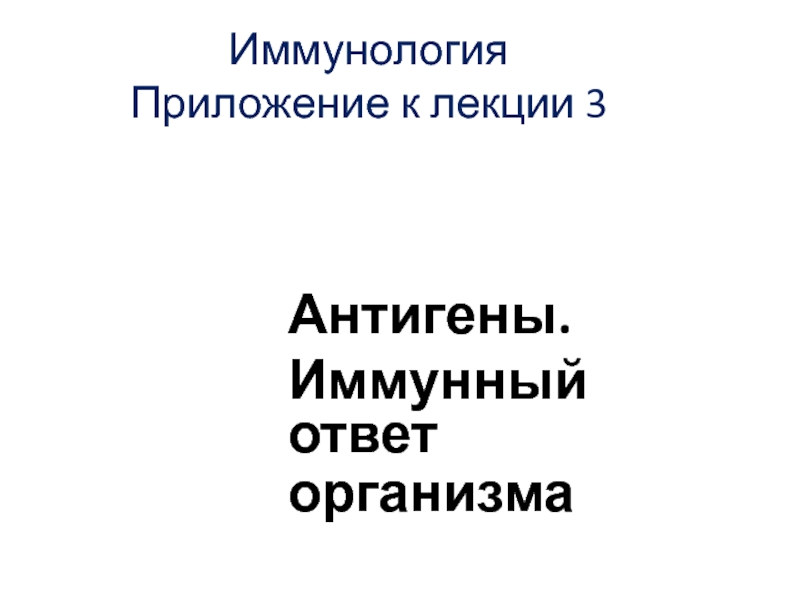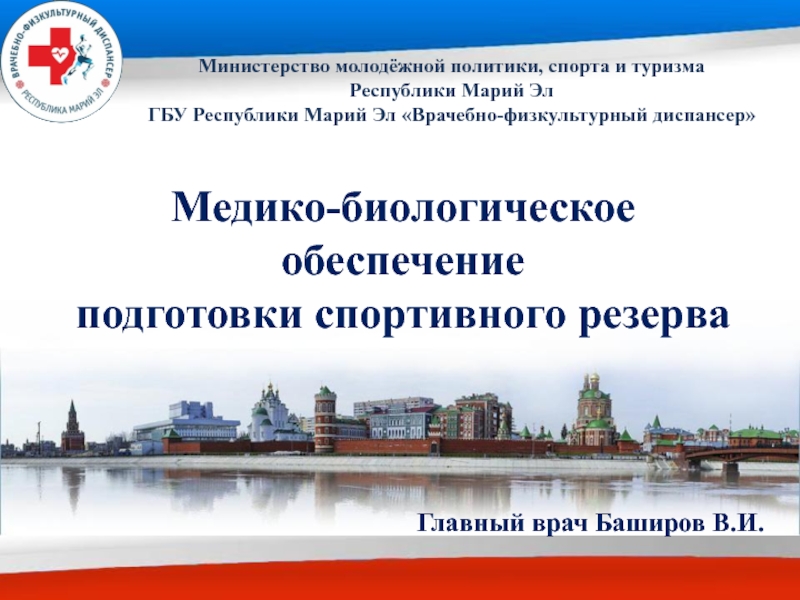Разделы презентаций
- Разное
- Английский язык
- Астрономия
- Алгебра
- Биология
- География
- Геометрия
- Детские презентации
- Информатика
- История
- Литература
- Математика
- Медицина
- Менеджмент
- Музыка
- МХК
- Немецкий язык
- ОБЖ
- Обществознание
- Окружающий мир
- Педагогика
- Русский язык
- Технология
- Физика
- Философия
- Химия
- Шаблоны, картинки для презентаций
- Экология
- Экономика
- Юриспруденция
International Economics
Содержание
- 1. International Economics
- 2. Learning Objectives (1 of 2)2.1 Classify with
- 3. Learning Objectives (2 of 2)2.4 Analyze the
- 4. International Institutions since World War IIEconomists define
- 5. Table 2.1: Categories of International Institutions, with Examples
- 6. MCQ 2.1Informal institutions are A) the same
- 7. The IMF, the World Bank, and the
- 8. The Bretton Woods ConferenceThe Bretton Woods Conference,
- 9. The IMF (1 of 2)The IMF was
- 10. The IMF (2 of 2)The IMF is
- 11. The World BankAlso created at Bretton Woods
- 12. The GATT (1 of 4)The General Agreement
- 13. The GATT (2 of 4)Initially the GATT
- 14. The GATT (3 of 4)The Uruguay Round
- 15. The GATT (4 of 4)The GATT remains
- 16. Table 2.2 The GATT Rounds
- 17. MCQ 2.2The international organization that serves
- 18. MCQ。 2.3One of the most important and
- 19. MCQ。 2.4From the late 1940s until 1995,
- 20. 2.5Original mission of the World Bank was
- 21. MCQ。 2.6IMF conditionality refers to the A)
- 22. MCQ。 2.7When the Germany gives most favored
- 23. Regional Trade Agreements (1 of 5)Regional trade
- 24. Regional Trade Agreements (2 of 5)Each level
- 25. Regional Trade Agreements (3 of 5)Examples of
- 26. MCQ. 2.8European Union is an example of
- 27. MCQ. 2.9A free trade agreement plus a
- 28. Regional Trade Agreements (4 of 5)RTA have
- 29. Regional Trade Agreements (5 of 5)Proponents of
- 30. Why Have International Institutions?International institutions provide public
- 31. Four Public Goods Provided by International InstitutionsOpen
- 32. Criticisms of International Institutions (1 of 2)Sovereignty
- 33. Criticisms of International Institutions (2 of 2)Ideology.Critics
- 34. Скачать презентанцию
Learning Objectives (1 of 2)2.1 Classify with examples the main types of international economic organizations.2.2 Identify economic circumstances in which the IMF, the World Bank, and the WTO are active.2.3 Compare
Слайды и текст этой презентации
Слайд 1International Economics
Seventh Edition, Global Edition
Chapter 2
International Economics Institutions Since World
War II
Слайд 2Learning Objectives (1 of 2)
2.1 Classify with examples the main
types of international economic organizations.
2.2 Identify economic circumstances in which
the IMF, the World Bank, and the WTO are active.2.3 Compare the different levels of integration found in regional trade agreements with examples.
Слайд 3Learning Objectives (2 of 2)
2.4 Analyze the roles of international
economic organizations.
2.5 Debate the pros and cons of international organizations.
Слайд 4International Institutions since World War II
Economists define institutions as the
rules that govern and constrain behavior.
Institutions define what is permitted
and what is prohibited.Institutions can be formal or informal.
Formal institutions are written, often embodied in laws, codes, constitutions.
Informal are customs or tradition such as manners and etiquette.
Formal institutions are often be embodied in a organization.
Слайд 6MCQ 2.1
Informal institutions are
A) the same thing as organizations.
B) a
written set of rules governing behavior.
C) associations of individuals
or groups.
D) embodied in traditions and customs. Слайд 7The IMF, the World Bank, and the WTO
Three international organizations
play major roles in international economic relations:
The International Monetary Fund
(IMF)The World Bank
The World Trade Organization (WTO)
Слайд 8The Bretton Woods Conference
The Bretton Woods Conference, held in 1944
at Bretton Woods, New Hampshire, was a gathering of leaders
from the Allied Powers.The goal was to create a more stable and prosperous world economy.
They wished to avoid the problems of the 1930s by creating institutions and organizations that would define rules for trade and international payments.
Слайд 9The IMF (1 of 2)
The IMF was created at Bretton
Woods in 1944.
It began operation in 1945 with 29 members;
today it has 188.It is funded by a quota each member pays; the quota is proportional to the size of their economy and determines how many votes it has.
The primary purpose of the IMF is to assist in the creation of a stable, crisis free, system of international payments between countries.
Its main activities are to provide technical and financial assistance to countries that have debt problems or an unstable currency.
Слайд 10The IMF (2 of 2)
The IMF is an international lender
of last resort.
It provides loans to countries that cannot make
payments on their debts and that cannot borrow elsewhere.The loans are limited in size and come with a set of requirements, called IMF conditionality.
The IMF monitors exchange rates and assists countries when their currencies collapse in value.
An increasingly important role is to provide standards and technical assistance for the international reporting of economic and financial data.
Слайд 11The World Bank
Also created at Bretton Woods with a membership
and structure similar to the IMF.
Countries buy shares and the
number of shares determines their voting rights.Originally intended as a mechanism to rebuild Europe after World War II
Its main function today is to provide capital and technical assistance for economic development.
Слайд 12The GATT (1 of 4)
The General Agreement on Tariffs and
Trade (GATT) was envisioned at Bretton Woods but did not
start until 1950.Its main purpose is to provide a forum for discussing trade rules and a mechanism for gradually opening markets to more international trade.
The GATT works through trade rounds.
Trade rounds are formal discussions about new rules for reducing trade barriers.
Слайд 13The GATT (2 of 4)
Initially the GATT focused on proportional
tariff reductions and elimination of quotas.
It did not promote free
trade, it promoted “freer” trade.Proportional tariff reductions require each country to reduce tariffs by the same percentage but tariffs remain different.
By the 1970s, new issues arose that required discussion and negotiations:
Subsidies for industry that gave advantages;
Problems of selling goods at artificially low prices;
Barriers to trade in new areas, such as services
Слайд 14The GATT (3 of 4)
The Uruguay Round was a new
set of rules that began in 1995.
It created the World
Trade Organization to serve as the umbrella organization for all agreements.It extended trade agreements into services, agriculture, patent protections, international investment rules, and others.
In 2001, the Doha Round opened discussion.
Its primary focus was meant to be on the issues of concern to developing countries.
It proposed a Doha Development Agenda
It is the first round of talks to fail; a major reason is the inability of advanced economies to lower their trade barriers in agriculture.
Слайд 15The GATT (4 of 4)
The GATT remains in effect and
is the primary agreement overseen by the WTO.
The two guiding
principles of the GATT are national treatment and nondiscrimination.National treatment means that foreign goods must be treated the same as national goods.
Nondiscrimination prohibits different tariffs or rules for different countries. This is the principle of most favored nation status.
All WTO members must adhere to these rules when trading with other WTO members.
Слайд 17MCQ 2.2
The international organization that serves as a forum
for trade discussions and the development of trade rules is
calledA) the World Bank. B) the WTO.
C) the IMF.
D) the APEC.
Слайд 18MCQ。 2.3
One of the most important and most visible roles
of the IMF is to
A) hold regular negotiations over tariff
reductions.
B) intercede by invitation when countries cannot pay their international debts.C) investigate countries that are charged with being unfair traders. D) provide capital to countries that need capital to develop their economies.
Слайд 19MCQ。 2.4
From the late 1940s until 1995, the organization that
was primarily responsible for conducting rounds of trade negotiations was
theA) World Bank. B) IMF.
C) GATT.
D) WTO.
Слайд 202.5
Original mission of the World Bank was to
A) provide capital
to firms around the world. B provide capital to underdeveloped countries. C)
provide financial assistance for the reconstruction of war-damaged nations.D) provide a safe place for people around the world to put their money.
Слайд 21MCQ。 2.6
IMF conditionality refers to the
A) technical assistance the IMF
gives. B) minimum size of a national debt problem that a
country must have before the IMF getsinvolved. C) changes in policies a country must make in order to receive IMF financial assistance.
D) minimum-sized loan the IMF will make.
Слайд 22MCQ。 2.7
When the Germany gives most favored nation status to
France, it means that
A) France is treated better than
Germany’s other trading partners.
B) France is treated worse than Germany’s other trading partners.
C) France is treated the same as Germany’s other trading partners. D) France is better than all other nations in the WTO.
Слайд 23Regional Trade Agreements (1 of 5)
Regional trade agreements (RTA) can
be:
Bilateral (two members);
Plurilateral (several members);
Multilateral (open to everyone that wants
to join).There are five levels of RTA:
Partial agreement
Free trade area
Customs union
Common market
Economic union
Слайд 24Regional Trade Agreements (2 of 5)
Each level increases in complexity
and includes the prior levels.
Partial agreement: Free trade in one
or a few products. Free trade area: Free trade in all goods and services (outputs).
Customs union: An FTA plus a common external tariff.
Common market: A customs union plus free movement of labor and capital (inputs).
Economic union: A common market plus substantial harmonization of economic policies.
Слайд 25Regional Trade Agreements (3 of 5)
Examples of prominent RTA:
North American
Free Trade Agreement (NAFTA);
Common Market of the South (Mercosur);
ASEAN Free
Trade Area (AFTA);Economic Community of West African States (ECOWAS);
Gulf Cooperation Council (GCC);
The European Union (EU).
Слайд 26MCQ. 2.8
European Union is an example of an RTA that
is being progressed into
A) a Free Trade Area.
B) a
customs union.
C) an economic union. D) a common market.
Слайд 27MCQ. 2.9
A free trade agreement plus a common set of
tariffs toward non-members plus free movement of factors of production
is calledA) a common market. B) a free trade area.
C) a customs union.
D) an economic union.
Слайд 28Regional Trade Agreements (4 of 5)
RTA have grown in number.
In 2012, 338 were active, most of them created since
1990.Most agreements have exceptions: free trade agreements do not usually have 100% free trade.
RTA violate the nondiscrimination rule of the GATT and WTO; countries treat member countries better than others.
The WTO allows this as long as trade creation is greater than trade diversion.
Trade creation: New trade created by the agreement;
Trade diversion: Trade that is diverted from a non-member to a member.
Слайд 29Regional Trade Agreements (5 of 5)
Proponents of RTA claim the
following:
They help world trade by reducing some barriers;
They allow countries
to try new agreements that can potentially be used later in WTO negotiations;They encourage WTO agreement by offering an alternative in case the WTO is stalled.
Opponents argue:
They divert attention from multilateral negotiations and undermine the WTO;
They rarely, if ever, lead to a WTO agreement;
They often discriminate against poorer nations.
Слайд 30Why Have International Institutions?
International institutions provide public goods.
Public goods are
nonexcludable: Everyone benefits even if they do not pay.
Public goods
are nonrival (nondiminishable): They are not diminished by consuming them.Public goods have a free rider problem.
The two most important characteristics of public goods provided by international institutions are:
Increased international economic order;
Increased certainty about the behavior of other nations.
Слайд 31Four Public Goods Provided by International Institutions
Open markets in recessions
(GATT/WTO);
Capital flows to less-developed countries (World Bank);
International money for paying
international debts (IMF);Last resort lending (IMF).
Слайд 32Criticisms of International Institutions (1 of 2)
Sovereignty and transparency.
Countries receiving
assistance, particularly from the IMF, are sometimes required to give
up the ability to set their own policies.Decision making in the institutions is not transparent; because the U.S. and Europe have the largest voting bloc, decisions are sometimes viewed as having been directed by rich countries.
Слайд 33Criticisms of International Institutions (2 of 2)
Ideology.
Critics argue that the
advice, technical assistance, and negotiating positions are often a reflection
of the biases and ideologies of high income countries and do not adequately consider alternative policies.Implementation and adjustment costs.
There are asymmetries in the fiscal burdens associated with implementing agreements and adjusting to the changes they create; richer countries do better at this than poorer ones.
